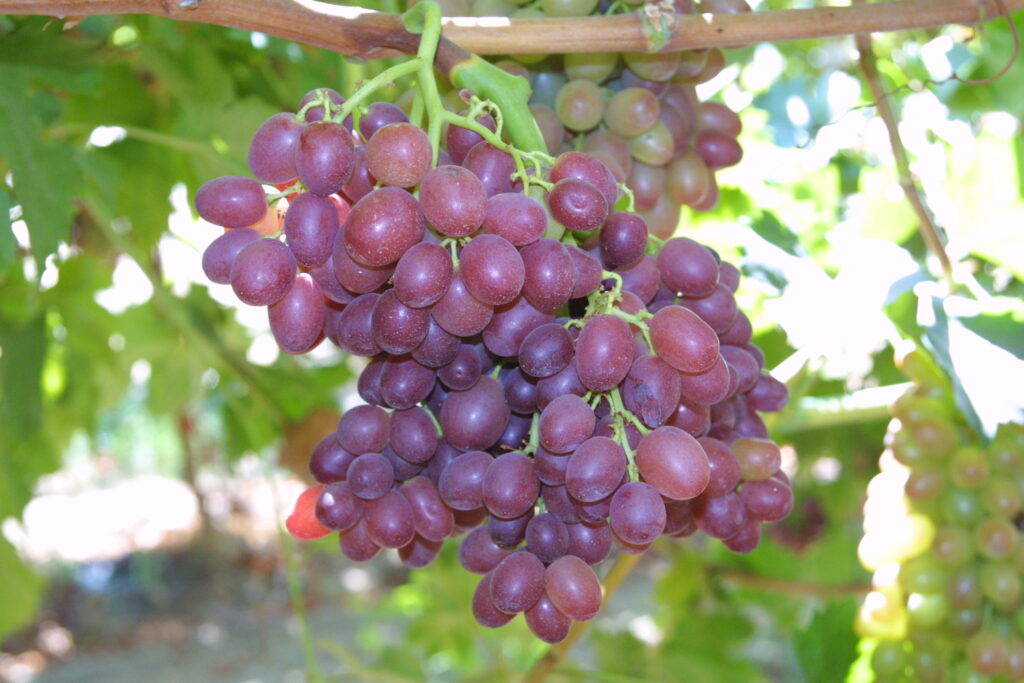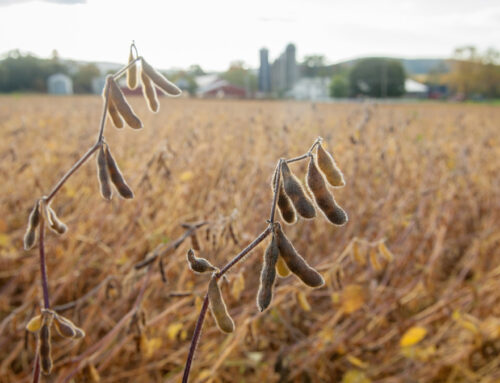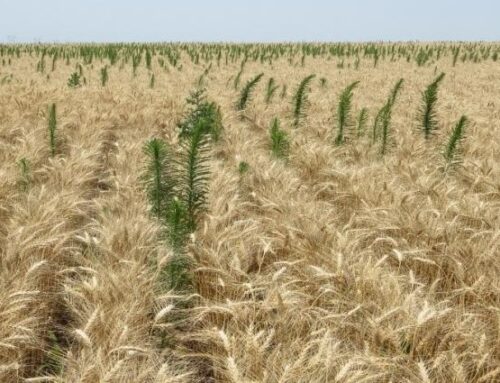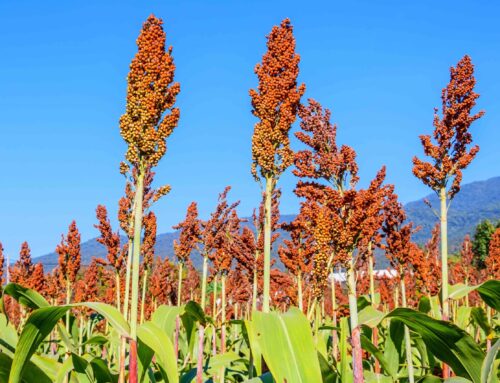
A ‘perfect storm’ of pandemic shutdowns, geopolitics and other factors have led to decreased product availability. This will not be an easy year for grape growers when it comes to both the availability and pricing of fertilizers.
Discussing that fact with growers in the Lodi area, Renee Pinel at the Western Plant Health Association warned of “a perfect storm” where pandemic shutdowns, trade disruptions, geopolitics, unpredictable weather, labor shortages, and supply chain delays have led to decreased product availability and increased costs.
She told the Lido winegrowing community, “Supply side disruptions combined with demand side increases have led to limited, and difficult to obtain, fertilizer supplies,” and blamed Midwestern corn producers who plan to plant more corn – and use more fertilizer – for the shortages.
Her short-term advice for California grape growers leaned heavily on early planning. “Review your historical purchase needs, recognize the ongoing delay issues and work closely with your suppliers, ordering early and storing product,” she advised.
In a follow-up interview with Western Farm Press Grape Line, she noted: “Lots of upheaval in the last year and we don’t see things changing by seed-planting time this year. Our advice involves early planning, assessing fertilizer needs, and working with retailers to obtain adequate supplies.
“While California growers focus on the importance of growing much of the world’s fresh fruits and vegetables, what drives fertilizer availability and pricing for us are Midwestern monoculture commodities that require a massive amount of that product. What those farmers do drives availability and pricing for those of us here because total tonnage is much less in the West and we’re kind of a second tier for fertilizer.
“I wouldn’t say they were ‘responsible’, it’s just the reality of who is going to use the most, the driver of the supply chain issues.”
Competing for natural gas
Pinel also cites the fact that because nitrogen is derived from natural gas, the fertilizer industry is always competing with the natural gas industry. Then there are some natural disasters that have impacted the situation like the big Texas freeze last year that knocked out production facilities and Hurricane Ida that put a dent in both fertilizer and pesticide manufacturing.
“Those two events were drivers as to how much nitrogen was going to cost because other energy users competing for natural gas can outbid. There’s a limited roof to what somebody’s going to pay for fertilizer. There’s a limited cap to how much competitors can pay for that base product.”
USDA had originally forecast lower commodity prices as farmers retired land and moved to alternative crops, thus reducing a demand for fertilizer, but pricing has been reassessed as farmers who might have been thinking about retiring land are instead planting more to take advantage of higher commodity prices being forecast.
“That means more fertilizer and more pesticides going in the Midwest which will drive a limited supply further down and prices even higher with an impact on California, a 100% fertilizer-deficit state that doesn’t produce any fertilizers of its own. We continuously have to compete for all fertilizers used in the state,” she said.
So, the reality is the big dogs on the porch get fed first and most while the smaller players compete for what’s left.
A glimmer of hope here, however. Bloomberg reported: “North American farmers could be looking at less expensive crop nutrients this year.” The Green Markets North American Fertilizer Price Index, which more than doubled in 2021, has started to fall off with “reports of full warehouses of New Orleans urea, a type of nitrogen fertilizer, signaling new price levels are here to stay.”
“Being realistic,” said Pinel, “the closer you get to spring crops, a lot of those supplies may disappear.” She recommends an early soil analysis to determine what types of nutrients will be needed, then an early ordering of the fertilizers required.
“Start now to determine what your fields will need. In California, there’s a large-scale storage issue because of limitations imposed by our regulatory environment, meaning less tonnage awaiting purchase in retail facilities.”
Read the original article – CLICK HERE




